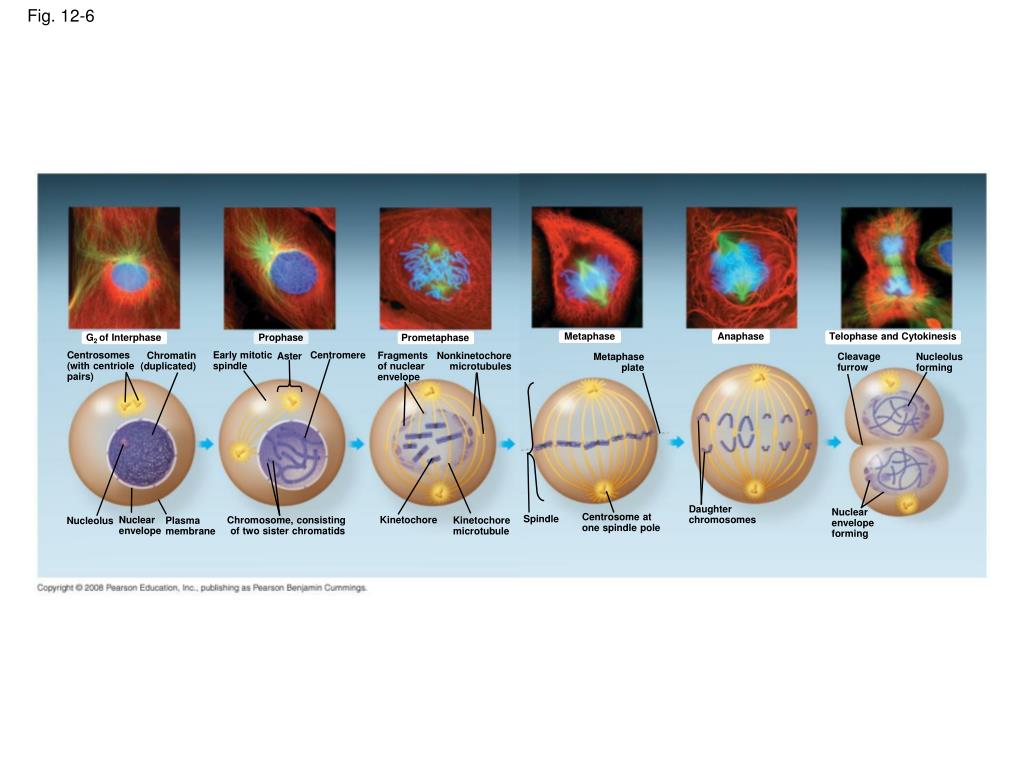
Caspases can also promote non-apoptotic effects such as inflammation (For review see refs. In some cells, caspase-8 can cleave the BH3-protein Bid to generate truncated Bid (tBid), which then induces the mitochondrial pathway, linking the death receptor pathway to the mitochondrial pathway. Activation of the death receptor pathway leads to activation of caspase-8. The effector caspases then execute the death process (for review see refs. The activated initiator caspases cleave and thereby activate the effector caspases. In response to apoptotic stress, trigger-specific complexes are assembled, to which distinct initiator caspases are recruited and activated. They are categorized into two groups, initiator caspases (caspase-2, caspase-8, and caspase-9) and effector caspase (caspase-3, caspase-6, and caspase-7). The product of this cleavage, tBid, then converges to the mitochondrial pathway by activating Bax/Bak.Ĭaspases are cysteine aspartate proteases that cleave a subset of essential cellular proteins to promote apoptotic cell death. Activated caspas-8 can promote cell death by directly activating caspase-3/7 or cleaving the pro-apoptotic BH3-only protein Bid. In the death receptor pathway, following ligand binding to cell membrane death receptors, the death-inducing signaling complex (DISC) is formed and caspase-8 is activated. This leads to caspas-9 activation and the subsequent activation of the executer caspase-3/7, leading to apoptotic death.

Cytochrome c then binds to Aapf1 and promotes generation of the caspase-activating platform apoptosome. Activated Bax and Bak then undergo conformational changes, which leads to their oligomerization and the subsequent mitochondrial outer membrane permeabilization (MOMP), followed by the release of apoptogenic factors such as cytochrome c to the cytosol. Under apoptotic stress, the pro-apoptotic BH3-only proteins act by inhibiting anti-apoptotic Bcl-2 proteins, thereby releasing the effector pro-apoptotic Bax and Bak proteins from anti-apoptotic protein inhibition, and/or by directly activating Bax and Bak.

The mitochondrial pathway is regulated by the Bcl-2 family proteins. In addition to the mitochondria, the different Bcl-2 family members can reside in various subcellular localizations including endoplasmic reticulum (ER) (e.g., Bcl-2, Bcl-x L, Bok, and Bax), the nucleus (e.g., Bid, and Bcl-2), and the NE (e.g., Bcl-2, Bcl-x L) 1, 3.Īpoptosis is executed in cells by two main pathways, the mitochondrial (intrinsic) and death receptor (extrinsic) pathways. The BH-3 only proteins and the pro-survival proteins regulate Bax/Bak activity by promoting or inhibiting Bax/Bak activation, respectively (for review see refs. This leads to caspase activation via the apoptosome and by inhibiting the anti-caspase activity of inhibitor of apoptosis protein family members. Bax and Bak promote mitochondrial outer membrane permeabilization (MOMP) and release of apoptogenic factors from the mitochondrial inter-membrane space. The pro-survival proteins such as Bcl-2 and Bcl-x L bind to and block the activity of the pro-apoptotic proteins. The pro-apoptotic sub-family is comprised of the multi-domain proteins Bax and Bak as well as the Bcl-2 homology domain 3-only (BH3)-only proteins such as Bid and Bim. It contains pro-apoptotic and pro-survival proteins. The Bcl-2 proteins family acts mainly, but not only, by regulating the integrity of mitochondria. Two main protein families regulate and execute the cell death process: the Bcl-2 proteins family and caspases (Fig.

NUCLEAR ENVELOPE FRAGMENTS MEANING SERIES
The apoptotic process is characterized by a series of sequential events that culminate in cell death. Thus, the NE should be viewed as both a mediator of the cell death process and a target. The NE can also serve as a platform for assembly of complexes that regulate the death process. Therefore, the NE may play a role as mediator of cell death at early stages of apoptosis. This NE rupture leads to discharge of apoptogenic nuclear proteins from the nucleus to the cytosol, a process that can contribute to the death process. However, NE leakiness at early stages of the apoptotic process can also occur in a caspase-independent manner, where Bax, by a non-canonical action, promotes transient and repetitive localized generation and subsequent rupture of nuclear protein-filled nuclear bubbles. This in turns leads to passive diffusion of cytosolic apoptogenic proteins, such as caspases and nucleases, through NPCs into the nucleus and the subsequent breakdown of the NE and destruction of the nucleus. During apoptosis, the apoptotic machinery, in particular caspases, increases NE permeability by cleaving its proteins, such as those of the nuclear pore complex (NPC) and the nuclear lamina. The nuclear envelope (NE) separates the nuclear interior from the cytosol. Apoptosis is characterized by the destruction of essential cell organelles, including the cell nucleus.


 0 kommentar(er)
0 kommentar(er)
